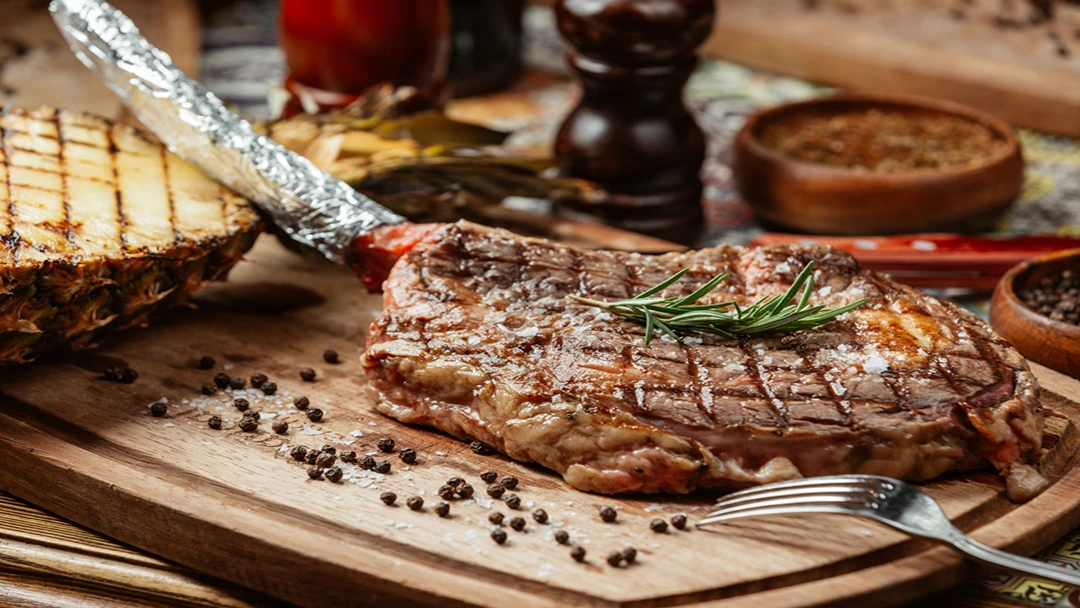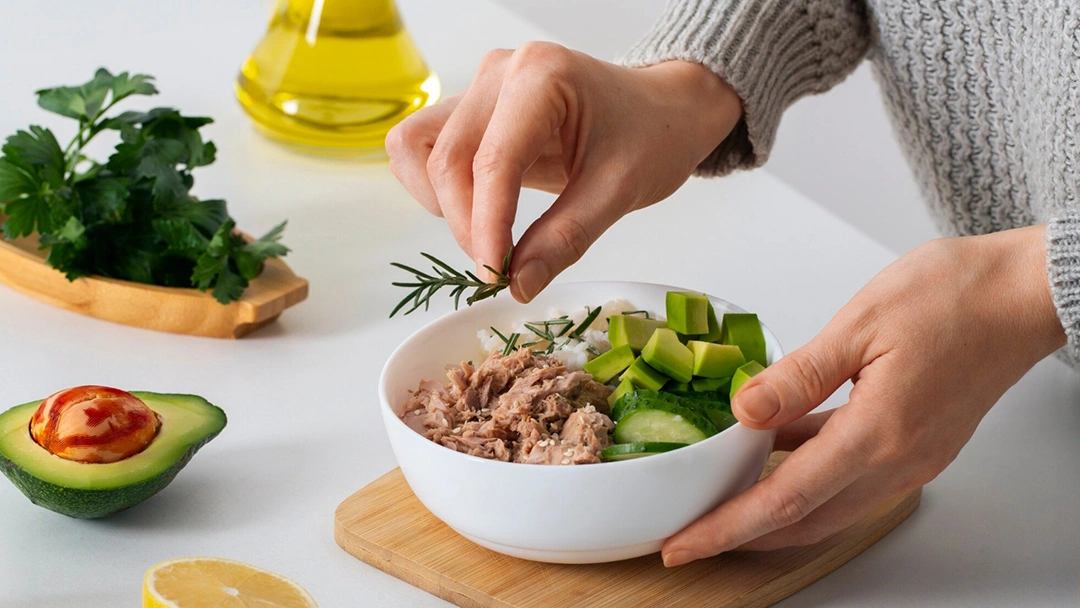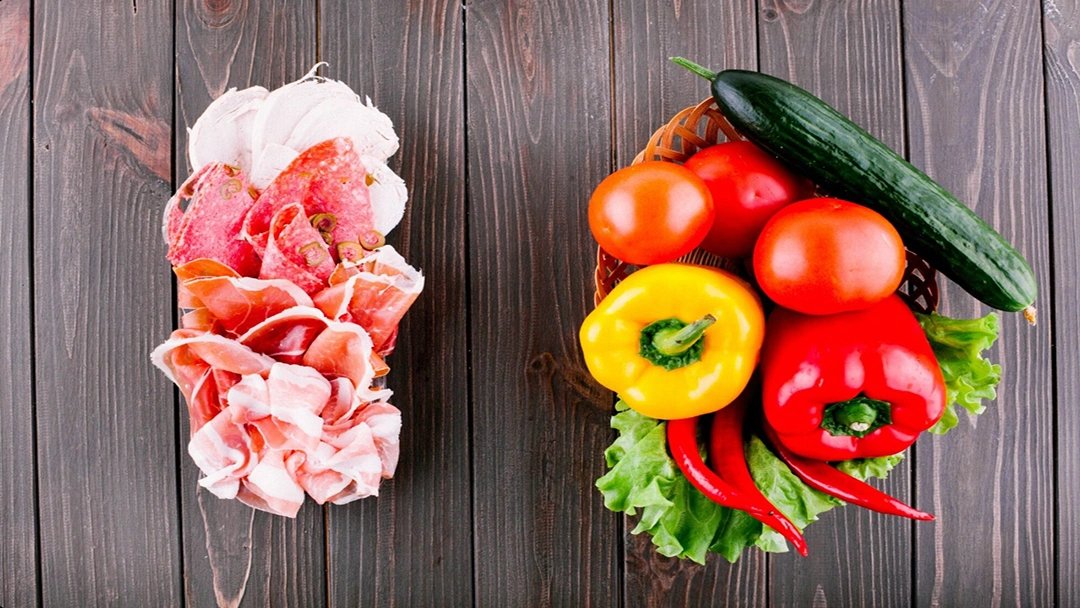The Benefits of the Agoge Diet
- Strengthening the digestive system [1]
- A better lifestyle that can result in longevity, easier pregnancies and nursing
- Improving general health, including skin, teeth, and eyes
- Improving the performance of the immune system
- More powerful muscles [2]
- Healthy and strong bones
- Improved metabolism [3]
- Decreasing common diseases related to food like heart diseases [4], some disorders, and type 2 diabetes [5]
[cta-meetings]
Now that we know the basics and benefits of the Agoge diet let’s see what foods are allowed and prohibited in this diet.
The Agoge Diet Rules
The Agoge diet is simple to follow but can also be super delicious. Here are some of its key rules.
- Whole Foods: Avoid processed food and eat whole, natural foods like meat, fish, eggs, vegetables, fruits, nuts, and seeds.
- Protein: Every meal should contain a source of protein like meat, fish, eggs, or dairy.
- Processed Carbohydrates: Processed carbohydrates, including bread, pasta, and sweets, are not welcome in the Agoge diet.
- Healthy Fats: The healthy fats allowed in the Agoge diet include oil, avocado, nuts, and seeds.
- Intermittent Fasting: Agoge diet allows intermittent fasting, i.e., periods of fasting followed by periods of eating.
- Hydration: The Agoge diet encourages drinking a lot of water every day.
Considering these dos and don’ts, one might wonder if it’s hard to follow the Agoge diet. The following section will answer this question.
How Hard Is the Agoge Diet?
The difficulty level of almost every diet depends on every individual's lifestyle, body structure, and social preferences, and the Agoge diet is not an exception.
Healthy eating can be challenging for those accustomed to eating junk food or processed stuff. It also encourages intermittent fasting, which can be hard for some.
However, if you’re eager to improve your health, are not used to eating too much fast food, and can avoid eating for some hours during the day, the Agoge diet is your thing.
[cta-meal-plan]
Following the Agoge diet, you can increase your energy, improve digestion, and manage your weight smartly. Also, intermittent fasting can boost insulin sensitivity and metabolic health.
Now, if you are in favor of improving your eating habits and lifestyle, follow me to the next section to learn what you can and cannot eat on an Agoge diet in detail.
Foods to Eat
- Lean meat like chicken, turkey, beef, and pork
- Seafood
- Eggs
- Nuts and seeds
- Low-carb veggies like broccoli, spinach, kale, and cauliflower
- Fruits, including berries, apples, and oranges
- Healthy fats like olive oil, avocado, and coconut oil
Foods to Avoid
- Processed foods, including chips, cookies, and candy
- Sugary drinks like soda and juice
- Foods high in carbohydrates, like bread, pasta, and rice
- Fast food and fried foods
- High-sugar fruits like bananas and grapes
- Dairy products, including milk, cheese, and yoghurt
- Alcohol
[cta-gocarnivore-plans]
If you still need more details about the foods allowed on an Agoge diet, read through the next section.
Agoge Food List
As mentioned above, the Agoge diet favors whole, natural foods high in protein and healthy fats and low in processed carbs. The following list is your ultimate guide to what to eat on this diet.
Protein Sources
- Meat: beef, chicken, turkey, lamb, pork, etc.
- Fish: salmon, tuna, cod, etc.
- Seafood: shrimp, crab, lobster, etc.
- Eggs: whole eggs or egg whites
Healthy Fats
- Olive oil
- Avocado
- Nuts: almonds, cashews, walnuts, etc.
- Seeds: chia, flax, pumpkin, etc.
- Coconut oil
Carbohydrate Sources
- Vegetables: spinach, broccoli, cauliflower, asparagus, carrots, etc.
- Fruits: apples, berries, oranges, etc.
- Legumes: lentils, chickpeas, etc.
[cta-meetings]
Beverages
- Water
- Coffee
- Tea






























